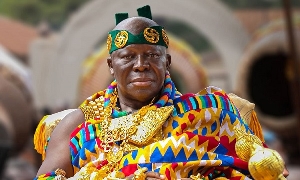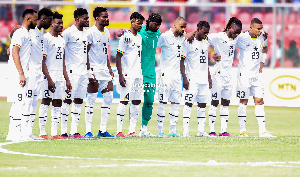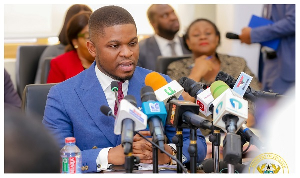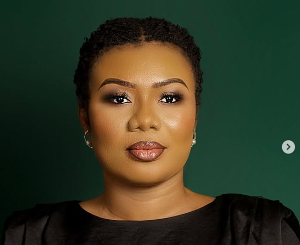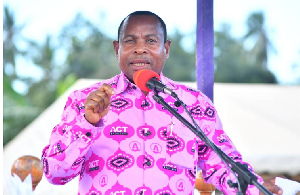The authority of the Asantehene, Otumfuo Osei Tutu II, is often the subject of public debate, with a section of the public insisting the monarch is not a king because there is no mention of the word "king" or "kingdom" in Ghana’s constitution, but rather "paramount chiefs" and "traditional stools."
Proponents of Asanteman and other historians argue that all paramount chiefs in Ghana are kings and that the Asantehene is the "king of kings," and that Ghana’s colonial masters coined the words "paramount chiefs" and "stools" to denigrate the power of the traditional rulers they encountered so that they are considered equal to the British king or queen.
Even if the Otumfuo is not a king, an organogram of the general assembly of the Asanteman (the Ashanti Kingdom) alone tells a person the power of the person occupying the position of the Asantehene.
An organogram of the seating plan of the chiefs of Asante at the General Assembly during the 15th-anniversary celebration of Otumfuo Osei Tutu II showed the Asantehene and the Asantehemaa at the top of the hierarchy, flanked by paramount chiefs on the right and the left.
The paramount chiefs come from 6 of the 16 regions of present-day Ghana, including the entire Ashanti Region, the entire Ahafo Region, parts of the Bono Region, parts of the Bono East Region, parts of the Eastern Region, and parts of the Oti Region.
On the right side of the Asantehene are 36 paramount chiefs, including Juabenhene, Bekwaihene, Kokofuhene, Woraworahene, Oyoko-Kumasi, Mamaponghene, AdansiHene, Offinsohene, Ejisuhene, Asokorehene, Beposohene, Adankragyahene, Agonahene, Nkoranzahene, Asuboahene, Asamanhene, Adonten-Kumasi, and Nifa-Kumasi.
The remaining paramount chiefs include: Bawuro/Abuontem-Kumasi, Yamfohene, Mimhene, Duayawnkwantahene, Hwidiemhene, Awua Domasehene, Drobo, Berekumhene, Bandahene, Mohene, Kontirehene-Kumasi, Denyasehene, Akwamu-Kumasi, Manso Nkwantahene, Asankarehene, Bompatahene, Wenchihene, and Bechemhene.
Also, to the left side of the Asantehene and the queen mother are 39 paramount chiefs including Nsutahene, Kuntanasehene, Dikomanhene, Kyidom-Kumasi, Japekromhene, Nsawkawhene, Seikwahene, Goasohene, Kukuomhene, Sampahene, Mpasaaso No.1 Hene, Ankobia-Kumasi Hene, Manwere-Kumasi, Gyaase-Kumasi, Acherensuahene & Bassahene, Tepahene & Offumankene, Kenyase No.1 Hene, Kenyase No 2 Hene, & Yerhene, Akrodiehene & Abeasehene, Amantinhene & Sumahene and Ofoasehene & Wiasehene.
The rest of the chiefs on the Asantehene’s left side are Marbanhene, Akrotosohene, Mamfohene, Nkomihene, Sabronumhene Baduhene, Juansahene Agyaadenhene, Tuabodomhene, Tanosohene Dwanhene, Buoyemhene Owenemhene, Tano-Boasehene, Gyadamhene Pranghene, Domeabrahene, Sankorehene, Nkosuo-Kumasi, Obogohene, Essumagyahene, Kumawuhene, Kwamaghene, Amorfulhene, and Benkum-Kumasi Hene.
TWI NEWS
This number has possibly increased because the Asantehene has the power to elevate any of the traditional areas under his jurisdiction to the status of a paramountcy.
Moreover, this list excludes the numerous divisional and sub-divisional chiefs who are all under the authority of the Asantehene.
See lists of paramount chiefs under Asanteman below:
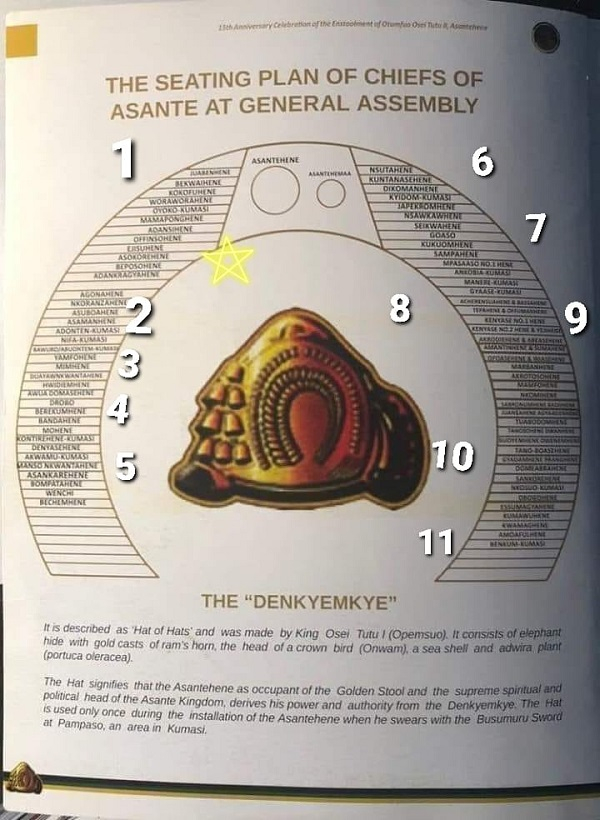
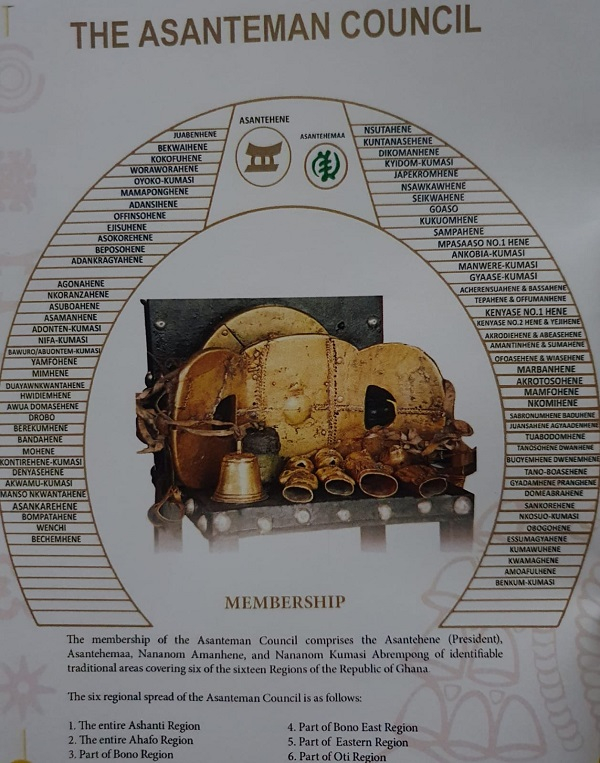
BAI/AE
Watch the latest episode of Everyday People on GhanaWeb TV below:
Ghana’s leading digital news platform, GhanaWeb, in conjunction with the Korle-Bu Teaching Hospital, is embarking on an aggressive campaign which is geared towards ensuring that parliament passes comprehensive legislation to guide organ harvesting, organ donation, and organ transplantation in the country.
Regional News of Monday, 3 June 2024
Source: www.ghanaweb.com

